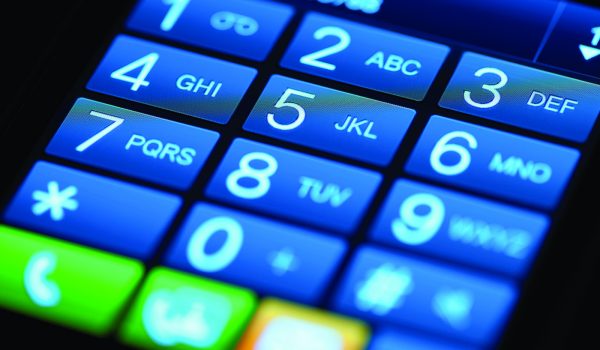The Federal Communications Commission (FCC) recently issued an order approving new rules authorizing the creation of a central reassigned telephone number database which will enable any caller to verify whether – unbeknownst to them – a telephone number of a consumer has been reassigned before calling the number. The creation of this comprehensive database is a response to the widespread concerns of financial institutions and other businesses that are at risk of potential liability under the Telephone Consumer Protection Act (TCPA) for placing calls to such reassigned phone numbers, even though the businesses’ records still show the numbers as associated with prior consumers.
The FCC’s approval of this new database is also a product of consumer-driven concerns regarding the large volume of unwanted calls intended for prior subscribers but received by those who have been assigned the subscribers’ previous number. The FCC estimates that approximately 35 million telephone numbers are disconnected and become available for reassignment each year.
To use the database, a caller will need to provide a telephone number and the last date the caller shows a subscriber was associated with that number. The database will then provide a response of yes, no or no data indicating whether the number has been permanently disconnected since the date identified by the caller. However, the amount of information included in the database has been limited substantially due to consumer privacy concerns. The database will not include any identifying information about consumers, but will instead indicate whether or not reassignment of the phone number has occurred since the date provided by the caller. The FCC notes that any legitimate caller will only need information regarding either reassignment or disconnection of the consumer’s phone number. The caller-selected date could be either the last date the caller spoke with the individual or, in the FCC’s imprecise phrasing, the “date on which the caller could be confident that the consumer could still be reached at that number.” If businesses wish to be considered legitimate callers, they should review whether their records reflect a last good date for telephone numbers.
In conjunction with the creation of this database, the FCC is also creating a new “minimum aging period” requirement, which imposes an obligation on telephone service providers to wait 45 days before reassigning any permanently disconnected telephone numbers. The FCC observed there were reports that some telephone service providers reassign numbers as soon as two days after the termination of service, which leaves callers little to no opportunity to discover that a number has been reassigned before placing any calls. Under the new rules, this “minimum aging period” requirement will work in conjunction with a separate requirement that telephone service providers submit information to the database by the 15th of each month regarding the most recent date each telephone number was permanently disconnected. The FCC anticipates these requirements will allow callers who review the database on a periodic basis (i.e., monthly) to identify disconnected and/or reassigned telephone numbers.
As an incentive for callers to use the database, the FCC included a “safe harbor” provision providing financial institutions and other businesses a safe harbor from liability if such institutions use the database but are later sued for calling the wrong person. However, it is unclear how valuable the safe harbor will be for callers in practice. This provision has a limited scope – it only extends to instances when the database indicates a number has not been reassigned when, in fact, it has. Thus, to be shielded from liability under this provision, a caller must prove that it relied upon the most recent numbering information reported to the database administrator and received a false no as to a query of whether the phone number had been permanently disconnected before placing the call. Additionally, callers must show they previously obtained express consent of the called party.
The timing regarding the implementation of the database has yet to be determined. The FCC, which indicates it plans to have an independent third-party administrator run the database, has only committed to solicit bids for this administrator role within the next 12 months.

